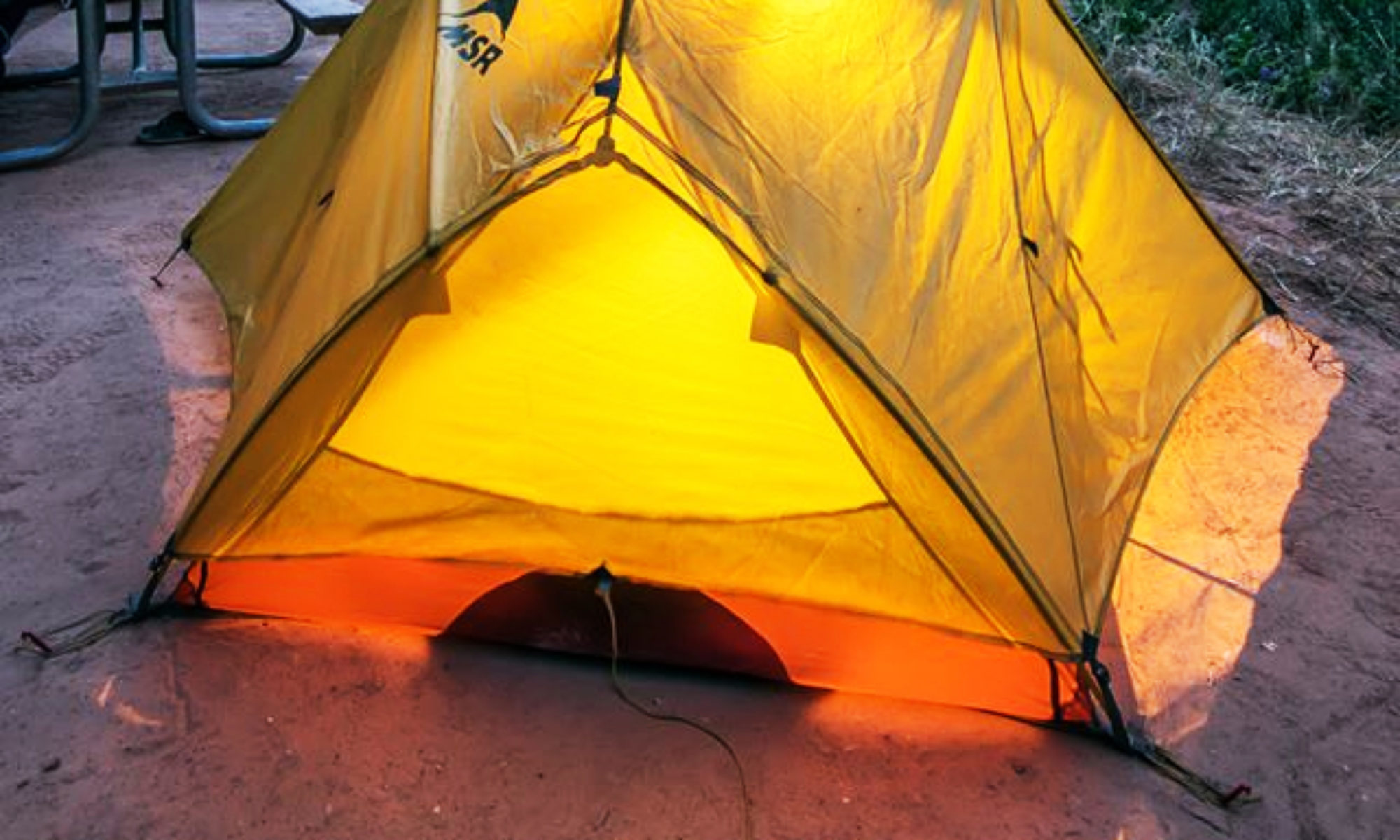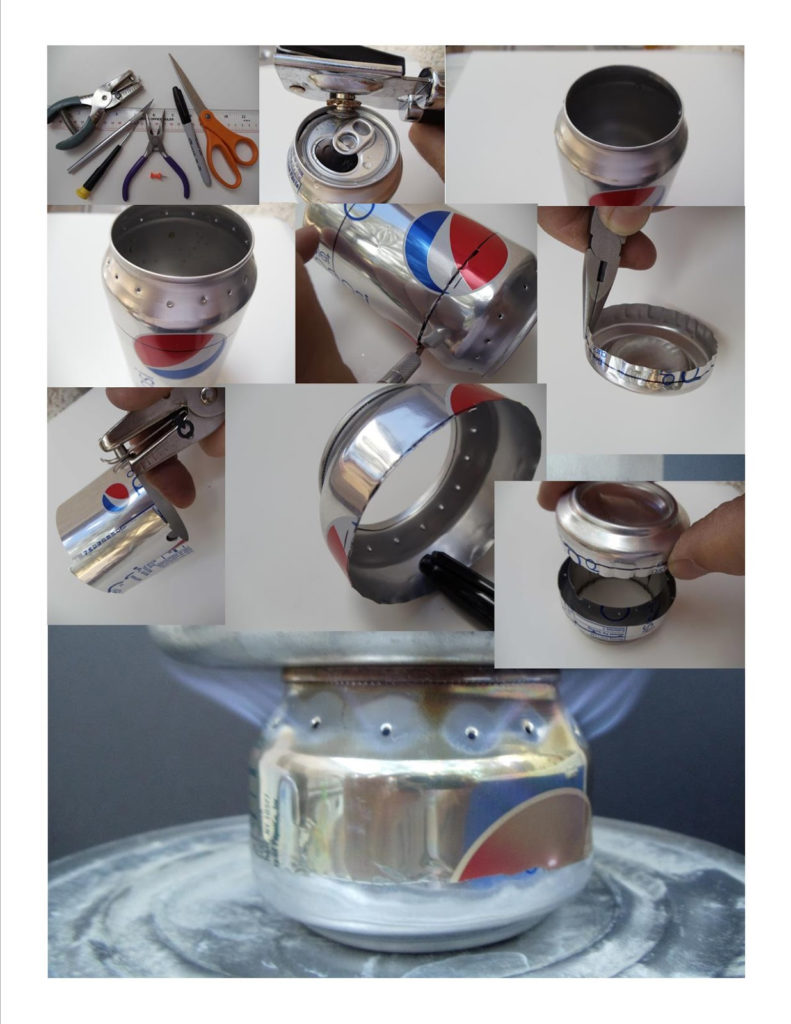Many seasoned backpackers carry an “In Case of an Emergency Card“. This might just be a review or reminder for many. To those new to the joys of walking off into the woods, or into a remote canyon, this may be a life saver.
Several things are stressed to those familiar with venturing off into remote area’s. In addition to leaving itineraries with loved ones. do the same with the local rangers. Check In and Check Out. Stick to your itinerary and time table. Check in at designated times. Always make date and time entries along with your full name, on trail logs or at trail check points, should such logs or check points exist.
#1 Leave your itinerary and contact info with a loved one. Provide them contact info for rangers, park personnel, etc. Have an arranged time that a call is made to notify that loved one, you have completed the trip, or a leg of a trip safely.
Stress that they call someone in authority if you fail to call in at your designated time. Or some form of acceptable delay variation. Then stick to your plan.
#2 Advise local Rangers. Provide your Itinerary and time table. Check in & Check out.
#3 Carry a “IN CASE OF EMERGENCY CARD” A card you carry on your person. Some phones have a app for this but I would not depend on an electronic device when backpacking or hiking.
There are bracelets available that can be engraved. Many First Responder’s look for medical bracelets. It might be advisable to engrave one with “See my “In Case of Emergency Card” in my wallet…..or something to that effect.
There are new bracelets that have a code engraved. The code gets called into an 800 number to retrieve details you keep updated. Bad idea in my judgement, for many of us. You have to depend on phone service with some of these options. So they may not be feasible for many “remote” Backpackers/Hikers.
Nothing works better than good old fashion paper.
Remember you may become unconscious due to an injury, some type of bite, or a medical episode. This can happen not only on the trail, but also while traveling in a vehicle, or just going about your normal day.
Medical personnel, Police, and other First Responder’s will need this info, and perhaps use precious time looking through your things in an attempt to care for you. Or they may inadvertently apply some normal first aid, that might be ineffective or hazardous to you.
So the advice is; Don’t leave home without it! You are a rookie if you do.
What do you need on the card?
I create a card using card stock grade paper, using my computer and printer. It is a front and back thing. As small of font as possible that is still legible. I make it slightly less in size than a credit card. When I am satisfied with the info I laminate both sides and allow a little of the laminate to extend past all edges of the paper. It is then trimmed to the size of a credit card. You can use the self sticking type of laminate on both sides. Or the heat type if you are fortunate to have a machine for that. If you have more info you think should be known you may have to create multiple cards.
In my case, I carry mine in my wallet, or with my ID. I carry it 24/7 even when I am not out in nature. I have to replace it from time to time. Check its condition and readability prior to each trip.
I have altered my card over the years. I once had a signed statement spelling out who was authorized to make legal, medical, and life support termination decision on my behalf should I become Incapacitated. That was before I was married.
Things to consider having on your card:
*Your Full Name
*Address
*Social Security Number
*Emergency Contact Telephone Numbers, the persons name, address, their relationship to you (The more the better in case someone doesn’t answer)
*Medical Insurance Info. Tel#. Policy #, Group #
*Medical Conditions Such as being diabetic, Seizures, Anemic, on blood thinners, etc.
Allergies to Medications/Food
*Perhaps what a First Responder needs to do if you are having a medical episode and can’t talk
*Medications you take, amounts, intervals
Other?
![]()

